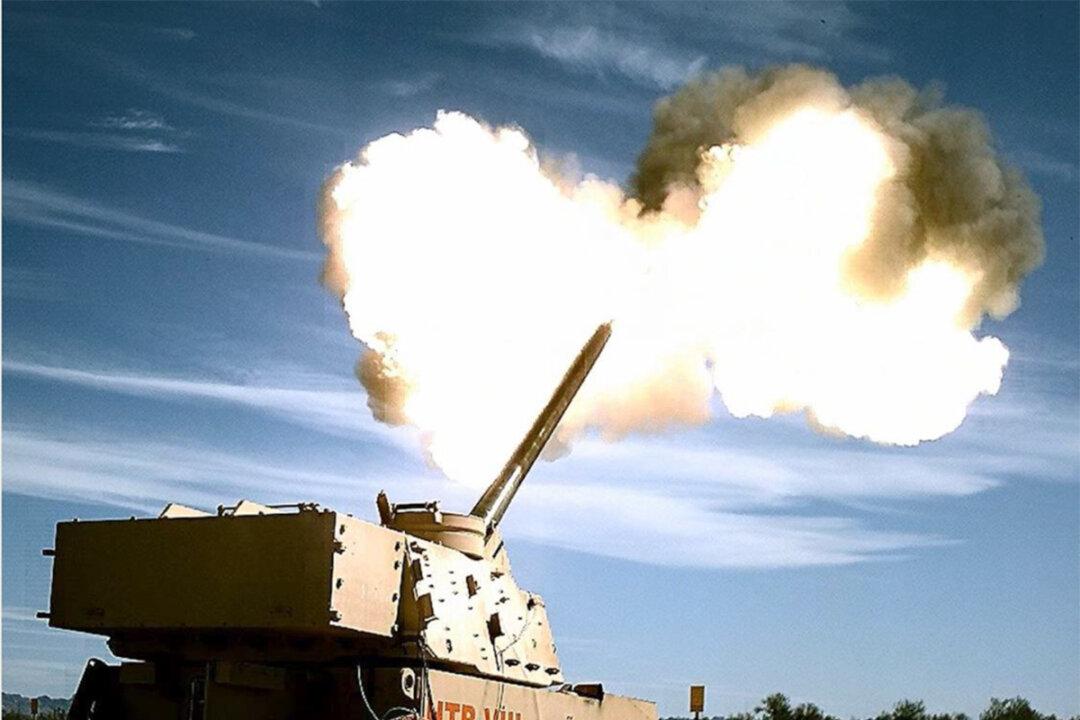An outsized and upgraded U.S. Army cannon lobbed artillery a distance of 40 miles over the Arizona desert on March 6, reaching almost three times as far as its previous incarnation.
The Army is scrambling to boost the range of its missiles and artillery as the No. 1 modernization priority. That program includes an upgrade to a tank-like howitzer, the Extended Range Cannon Artillery, with three times the range and an autoloader that’s able to launch a round every six to 10 seconds.





